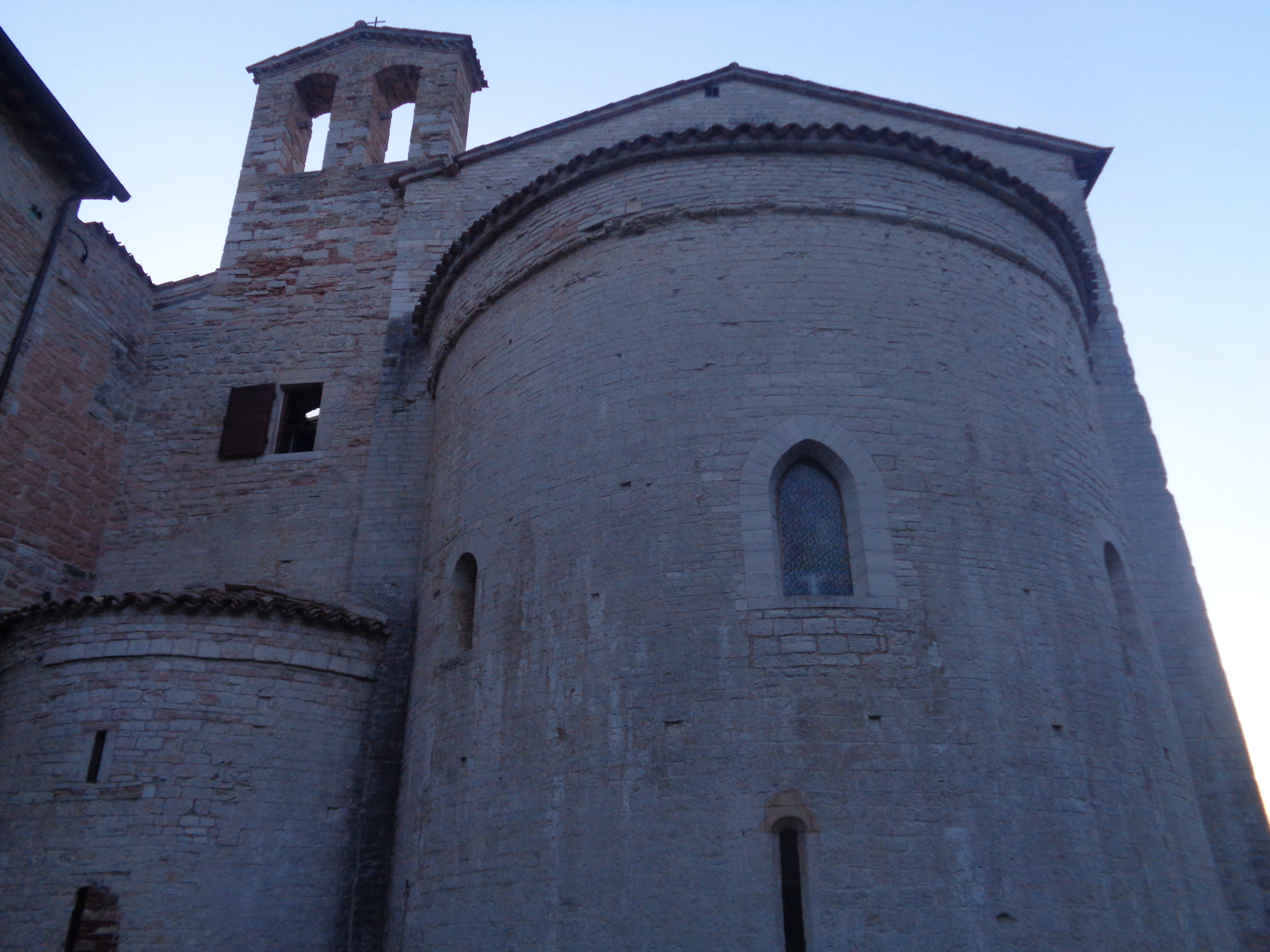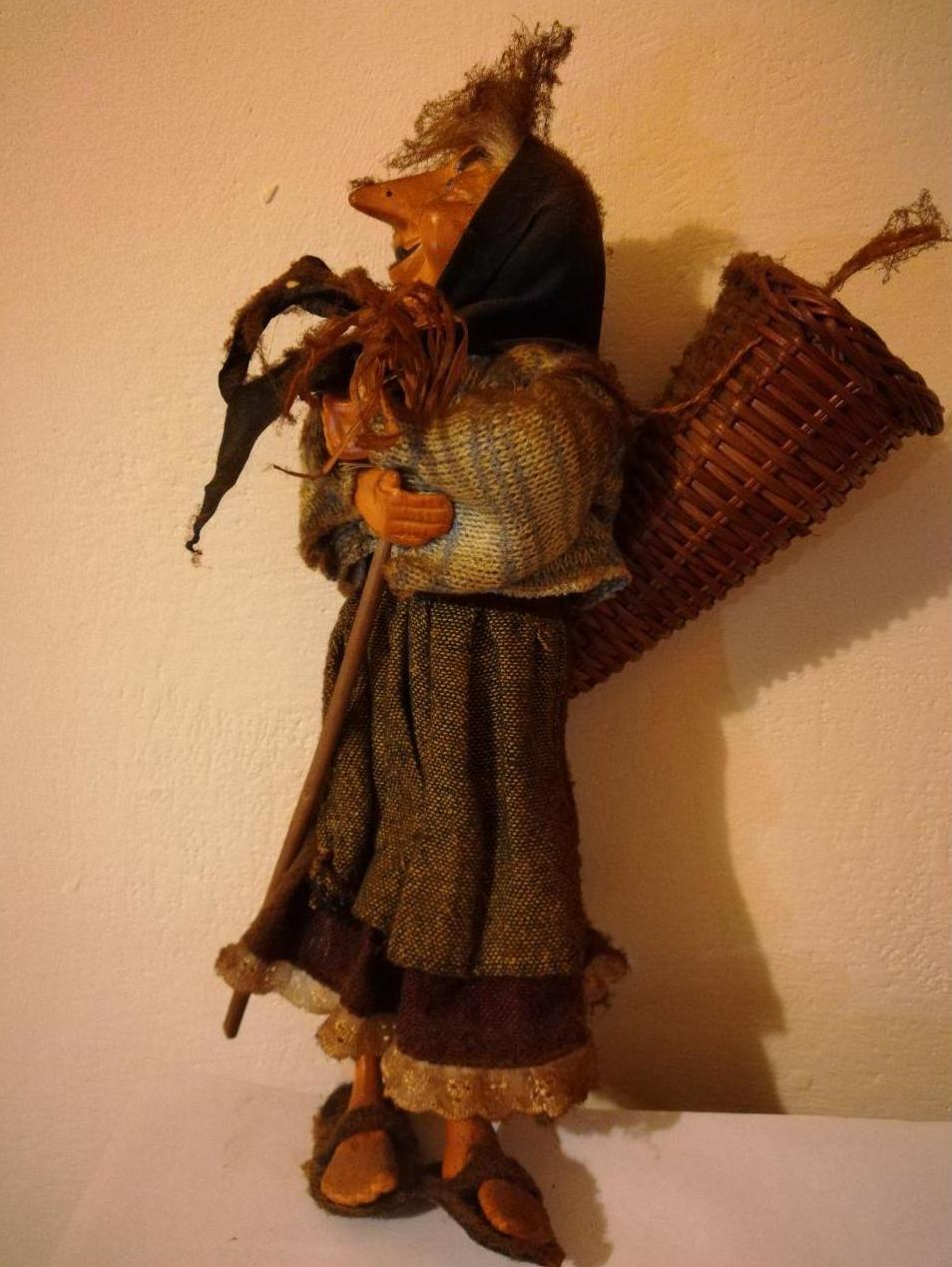|
Urbania
Urbania is a ''comune'' (municipality) in the Province of Pesaro e Urbino in the Italian region of Marche, located about west of Ancona and about southwest of Pesaro, next to the river Metauro. Urbania borders the following municipalities: Acqualagna, Apecchio, Cagli, Fermignano, Peglio, Piobbico, Sant'Angelo in Vado, Urbino. It is a famous ceramics and majolica production centre. In recent years, it has become more closely associated with the Befana folk tradition. History Originally known as Castel delle Ripe, it was a free commune of the Guelph party. In 1277 it was destroyed by the Ghibellines, then rebuilt by the Provençal Guillaume Durand in 1284 and christened Castel Durante. Later it was ruled by the Brancaleoni family. When the latter were ousted, the city offered itself to the Dukes of Urbino, who used the palace in the city as summer residence and had it restored by architects such as Francesco di Giorgio Martini. The last della Rovere duke, Francesco Maria II, i ... [...More Info...] [...Related Items...] OR: [Wikipedia] [Google] [Baidu] |
Peglio (PU)
Peglio is a ''comune'' (municipality) in the Province of Pesaro and Urbino in the Italian region Marche, located about west of Ancona and about southwest of Pesaro. Peglio borders the following municipalities: Lunano, Sant'Angelo in Vado, Sassocorvaro Auditore, Urbania, Urbino Urbino ( ; ; Romagnol: ''Urbìn'') is a walled city in the Marche region of Italy, south-west of Pesaro, a World Heritage Site notable for a remarkable historical legacy of independent Renaissance culture, especially under the patronage of F .... References External links Official website Cities and towns in the Marche {{Marche-geo-stub ... [...More Info...] [...Related Items...] OR: [Wikipedia] [Google] [Baidu] |
Francesco Maria II Della Rovere
Francesco Maria II della Rovere (20 February 1549 – 23 April 1631) was the last Duke of Urbino. Biography Born at Pesaro, Francesco Maria was the son of Guidobaldo II della Rovere, Duke of Urbino, Count of Montefeltro and Vittoria Farnese , Princess of Parma. He was raised between 1565 and 1568 at the Royal court of Philip II of Spain. While there he met a Spanish girl and informed his father of his intention to marry her . ''History of the popes; their church and state (Volume III)'' by Leopold von Ranke ( Library, 2009) But his father would not allow it and demanded he return to Urbino. In 1570 Francesco Maria married [...More Info...] [...Related Items...] OR: [Wikipedia] [Google] [Baidu] |
Acqualagna
Acqualagna () is a ''comune'' (municipality) in the Province of Pesaro e Urbino in the Italian region Marche, located about west of Ancona and about southwest of Pesaro. As of 31 December 2004, it had a population of 4,304 and an area of .All demographics and other statistics: Italian statistical institute Istat. It is one of the main centers in Italy for truffle. The Candigliano is joined by the Burano in the vicinity of the town. Acqualagna borders the following municipalities: Cagli, Fermignano, Urbania, Urbino. History The current name derives from the Latin name ''Aqua Lanea'', meaning "Water Slaughter", and which remembered the battle of Gualdo Tadino fought nearby between Totila's Ostrogoth and Narses's Byzantine armies during the Gothic Wars. In the neighbourhood existed the Roman town of ''Pitinum Mergens'', destroyed by Alarich I. The survivors founded the castle of Montefalcone, from which the current Acqualagna evolved. Main sights *Parish church, with traces of ... [...More Info...] [...Related Items...] OR: [Wikipedia] [Google] [Baidu] |
Befana
In Italian folklore, the Befana () is an old woman who delivers gifts to children throughout Italy on Epiphany Eve (the night of January 5) in a similar way to Santa Claus or the Three Magi Kings.Illes, Judika. ''Encyclopedia of Spirits: The Ultimate Guide to the Magic of Fairies, Genies, Demons, Ghosts, Gods & Goddesses'' (2009) p. 269. A popular belief is that her name derives from the Feast of Epiphany ( it, Festa dell'Epifania)."Italian Christmas tradition of "La Befana".Italian-Link.com n.d. 15 Dec, 2009/ref> In popular folklore, the Befana visits all the children of Italy on the eve of the Feast of the Epiphany to fill their socks with candy and presents if they are good, or a lump of coal or dark candy if they are bad. In many poorer parts of Italy and in particular rural Sicily, a stick in a stocking was placed instead of coal. Being a good housekeeper, many say she will sweep the floor before she leaves. To some the sweeping means the sweeping away of the problems of ... [...More Info...] [...Related Items...] OR: [Wikipedia] [Google] [Baidu] |
Urbino
Urbino ( ; ; Romagnol: ''Urbìn'') is a walled city in the Marche region of Italy, south-west of Pesaro, a World Heritage Site notable for a remarkable historical legacy of independent Renaissance culture, especially under the patronage of Federico da Montefeltro, duke of Urbino from 1444 to 1482. The town, nestled on a high sloping hillside, retains much of its picturesque medieval aspect. It hosts the University of Urbino, founded in 1506, and is the seat of the Archbishop of Urbino. Its best-known architectural piece is the Palazzo Ducale, rebuilt by Luciano Laurana. Geography The city lies in a hilly region, at the foothills of the Northern Apennines and the Tuscan-Romagnolo Apennines. It is within the southern area of Montefeltro, an area classified as medium-high seismic risk. In the database of earthquakes developed by the National Institute of Geophysics and Volcanology, nearly 65 seismic events have affected the town of Urbino between 26 March 1511 and 26 March 19 ... [...More Info...] [...Related Items...] OR: [Wikipedia] [Google] [Baidu] |
Sant'Angelo In Vado
Sant'Angelo in Vado is a ''comune'' (municipality), site of Ancient Tifernum Metaurense and former bishopric in the Province of Pesaro e Urbino in the central Italy, Italian Adriatic region Marche. Geography It is located about west of Ancona and about southwest of Pesaro. Its territory is crossed by the Metauro river. The municipality borders with Apecchio, Belforte all'Isauro, Carpegna, Mercatello sul Metauro, Peglio, Marche, Peglio, Piandimeleto, Urbania and Urbino. It borders also on Monte Ruperto, a ''frazione'' and small Enclave and exclave, enclave of Umbria in the Marche belonging to the municipality of Città di Castello, Province of Perugia. There were two periods when there was a Roman Catholic Diocese of Sant'Angelo in Vado, although the Diocese has been suppressed since 1986. Notable locals * Federico Zuccari (1540–1609), painter and architect * Taddeo Zuccari (1529–66), painter * Saint Frances Xavier Cabrini (1850-1917), patron saint of immigrants Sports ... [...More Info...] [...Related Items...] OR: [Wikipedia] [Google] [Baidu] |
Metauro
The Metauro is a river in the Marche region of central Italy. It rises in the Apennine Mountains and runs east for or if the Meta is included as its uppermost reach. The name of the river in Latin is ''Metaurus'' or ''Mataurus.'' In Ancient Greek, the name of the river is ''Métauros'', '' Μέταυρος'' which stems simply from the union of the two torrents: Meta, running from the Apennine pass Bocca Trabaria, at an elevation of , and Auro, flowing from Monte Maggiore, at an elevation of . The source of the river is located near Monte dei Frati in the border region between the provinces of Pesaro e Urbino, Arezzo and Perugia. It flows east through Pesaro e Urbino near Mercatello sul Metauro, Sant'Angelo in Vado (where the river forms the Cascata del Sasso, "Waterfall of the Stone"), Urbania, Fermignano, Fossombrone (in whose territory it receives the waters of the Candigliano), and, after flowing into a tight valley, the Gola del Furlo, Montemaggiore al Metauro, from whic ... [...More Info...] [...Related Items...] OR: [Wikipedia] [Google] [Baidu] |

